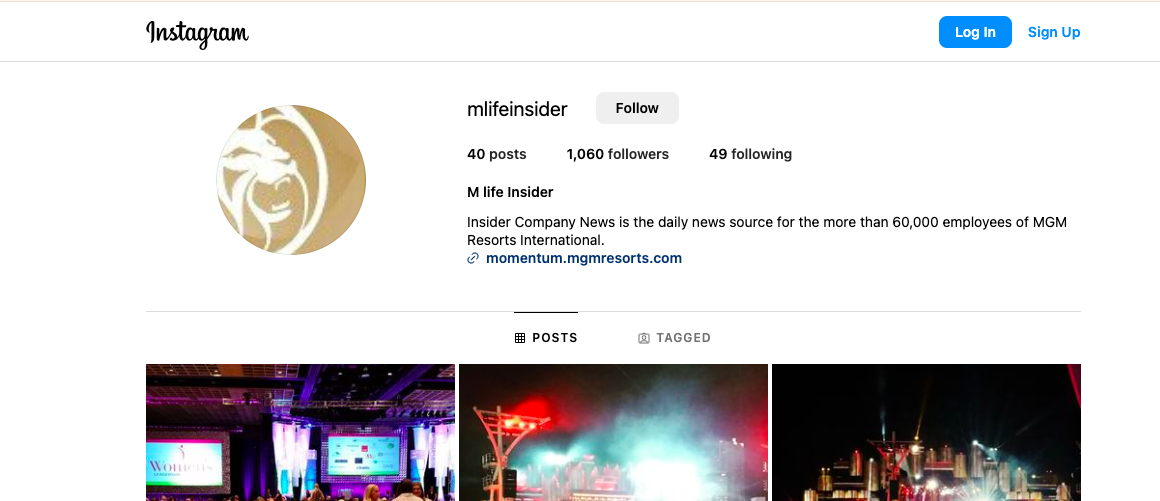DM stands for Direct Message. It is a term related to Social media, Useful Terms and Definitions which we use in daily life but we do not know their full name, Here’s a list of important abbreviations that you should know.
| Acronym | Full Form |
| DM | Direct Message |
| Category | Social media |
| Region | Worldwide |
What is full form of DM?
The full form of DM is the Direct Message. A direct message (DM) is a private form of communication between social media users that is only visible to the sender and recipient. Online businesses that communicate with customers often use direct messages to clarify order details, answer complex product questions, or resolve disputes beyond the reach of the public.
Here you learn the full name and complete information of Direct Message, if you have questions and answers related to DM, then tell us your thoughts in the comment, know the complete meaning of DM in this article.
A direct message, DM, is a one-to-one conversation with another user hosted on a social media platform. Most of the places you spend your time online, such as Facebook, Twitter, Instagram, Snapchat, LinkedIn, etc., offer some form of DM communication.
Many websites allow you to send direct messages – private messages sent from one person to another. In many ways, direct messaging is very similar to email, but with some important distinctions: it has fewer features than email. It is only used to communicate with other people who use the same website.
“DM” is short for the word “Direct Message” or “Direct Messaging.” On Facebook, “DM” is also used as a replacement for the acronym “PM” which stands for “Private Message”.
A private message, personal message or direct message (abbreviated as PM or DM) is a private communication channel between users on any platform. Unlike public posts, PMs are only visible to participants.
A “private message” should only be read or received by the recipient. No one else should be able to read it or have permission to read it unless the sender or recipient of the message gives permission. A “direct message” does not go through any of that.




Leave a Reply